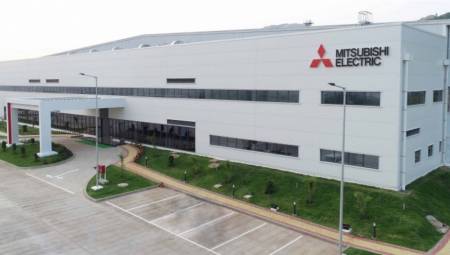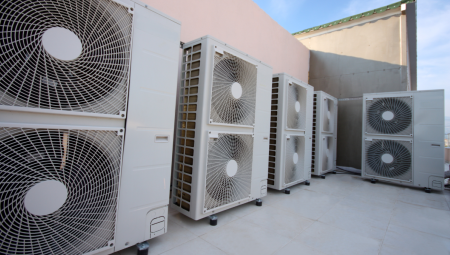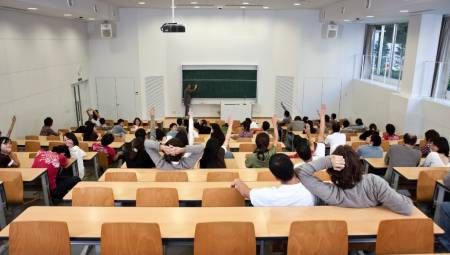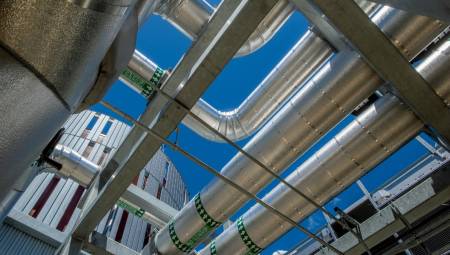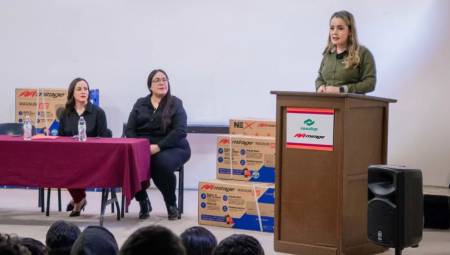 The columnist explores in the article the potential of cogeneration and trigeneration in the processes of harnessing electrical energy and makes an analysis of the characteristics of these processes in Colombia.
The columnist explores in the article the potential of cogeneration and trigeneration in the processes of harnessing electrical energy and makes an analysis of the characteristics of these processes in Colombia.By: Camilo Botero*
Thanks to the need to improve energy efficiency, agreements have been created in our midst between industrialists and the state to promote energy projects in terms of study and financing. This benefits air conditioning specialists, as it is an aid to propose new projects with good economic results; this is how in Colombia the cogeneration industry has been strongly promoted as a viable alternative.
With this type of initiative, entrepreneurs become aware of the great advantages offered by this technology. With cogeneration, the thermal energy left over from the process of generating electrical energy is used, optimizing thermal cycles, which have efficiencies of 33% or less, taking them up to 85% or more, with which cogeneration has a positive impact on the environment with the decrease in the exit temperature of its chimneys and the increase in efficiency.
Colombia's cogeneration potential
Cogeneration allows the simultaneous production of electrical energy and useful thermal energy. A cogeneration project brings benefits to industrialists for savings in electricity purchases and improves the reliability of the electricity supply. Likewise, it means a better use of fuels given the high efficiency of cogeneration systems and thermal energy is used for air conditioning. The Mining and Energy Planning Unit (UPME) conducted a study for the development of a methodology for estimating the potential for cogeneration in Colombia. Based on this methodology and the conduct of surveys, a cogeneration potential of more than 500 MW was determined for the entire country, distributed as shown in graph 1 (not including sugar).

Alternative in power generation
Cogeneration is recognized as one of the main alternatives to rationally use energy, not only because it touches on aspects of energy efficiency, but also becomes a strategic form of distributed generation that relieves pressures on the transmission grid and helps to ward off the specter of rationing. Cogeneration projects in industrial parks that optimize thermal cycles and take advantage of economies of scale can build an attractive alternative for private investors. ACAIRE is aware that there is an urgency to promote the development of cogeneration in Colombia and has begun to disseminate the topic for air conditioning processes, through courses and conferences, which have also been presented at ACIEM, at the CIAR in Guayaquil and at EXPOACAIRE 2009.
Only in the department of Valle del Cauca, in Colombia, the sugar sector has projects presented worth US $ 340 million and with a potential of 300 Mw.
Rational use of energy (URE)
The objective of the current legislation is to expand the use and coverage of energy by promoting sustainable development, through energy efficiency, the use of renewable energies and the use of advanced technologies:
- Develop a new market for energy services to remove market barriers and encourage the development of URE projects. Creation of financing mechanisms for these projects.
- Establish energy efficiency standards, such as the labelling of buildings and establish mechanisms for the insertion of energy efficiency policies, in the context of business actions to improve competitiveness and productivity.
- Develop incentives and incentives to specific target groups for the promotion of energy efficiency programs, among which the establishment of fiscal facilities and the granting of credits with preferential conditions could be analyzed.
- Design technical assistance and training programs that provide a wide range of technical and managerial information services regarding the improvement of energy efficiency mainly in productive sectors.
The total installed capacity of self-generation and cogeneration in Colombia represents less than 5% of the total installed capacity throughout the country, additionally the existing potential can reach 500 MW without including the mills. There is no doubt that the development of this potential will make it possible to improve national energy efficiency indicators. One of the existing barriers to implementing ERW projects in the country is the lack of financing mechanisms, inadequate organizational structure and lack of economic stimuli. The absence of the appropriate legal framework to promote URE projects is noteworthy.
Investment in Cogeneration Systems
1.Motor-alternator group: this is the most important item in a cogeneration installation. Generally speaking, the cost per kW of capacity decreases, in the case of gas turbines and steam turbines, as the required capacity increases. The investments would be among the following values:
* Gas turbine: 850 – 270 USD / kW
* Steam turbine: 400 – 150 USD / kW
* Diesel or gas engines: 650 – 300 USD / kW
2. Heat recovery systems are the other major item to be considered in cogeneration groups; these values are of the following order:
* Heat recovery systems from diesel and gas engines: 700-600 USD/kW
* High pressure boilers for feeding steam turbines to back pressure:
400-200 USD/kW
* Exhaust gas heat recovery boilers: 150-75 USD/kW
From the aforementioned costs, it can be concluded that at the pre-feasibility level, the investment required by a cogeneration system is on average 1300-800 USD/KW installed. Maintenance is also of decisive importance in the reliability of the equipment that makes up the cogeneration plant.
Today there are groups with electric power and steam gas turbines, mounted on a trailer and ready to be operated, with a value per kw of the order of US $ 700.
Use of own resources
In this case, the development of the project will be as complicated or as simple as the user wishes, whether he assumes all the responsibility, or a project management company is hired. In this case the user has full control of the project, and since he is doing it with his own resources he does not increase his indebtedness.
Financing with credits
In this case, two additional elements would be added to those contemplated in the previous alternative: a financial institution and an insurer. The first to provide the necessary funds for the project and the second, to guarantee the first, the payment of the principal and interest. On the other hand, as in the previous case, the user would have full control of the project. However, in this one it would increase its indebtedness. The responsibility of the cogeneration project and the procedures for its establishment will be the user.
Leasing
It is one of the most practical alternatives when you do not have your own resources or credit, or when it is not necessary to allocate the previous ones to the development of projects not related to the industrial activity of the company. The landlord is responsible for carrying out all the necessary tasks for the development of the new project.
*Camilo Botero is the current president of ACAIRE and president of Camilo Botero Ingenieros Consultores Ltda. He has worked as a teacher in several Colombian universities, guilds and currently in ACAIRE in diploma courses of air conditioning projects, energy efficiency in air conditioning and refrigeration, cogeneration and trigeneration, applied psychometrics, thermodynamics, fluid mechanics, heat transfer and turbomachinery.




